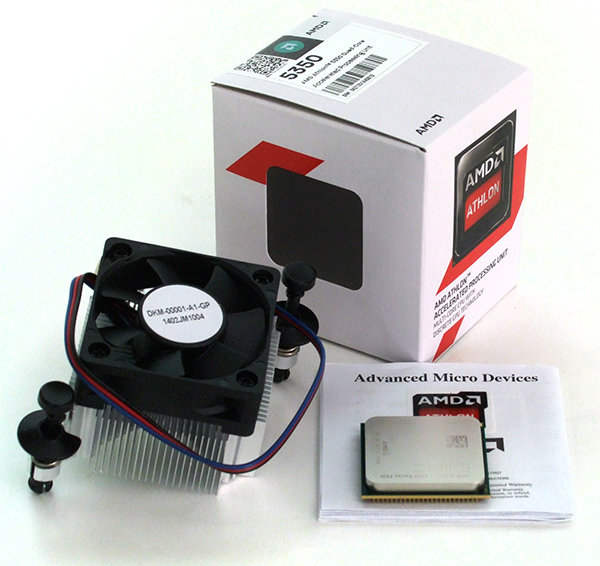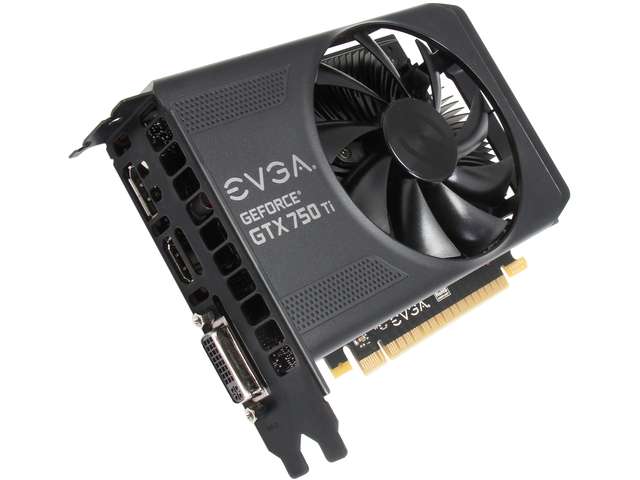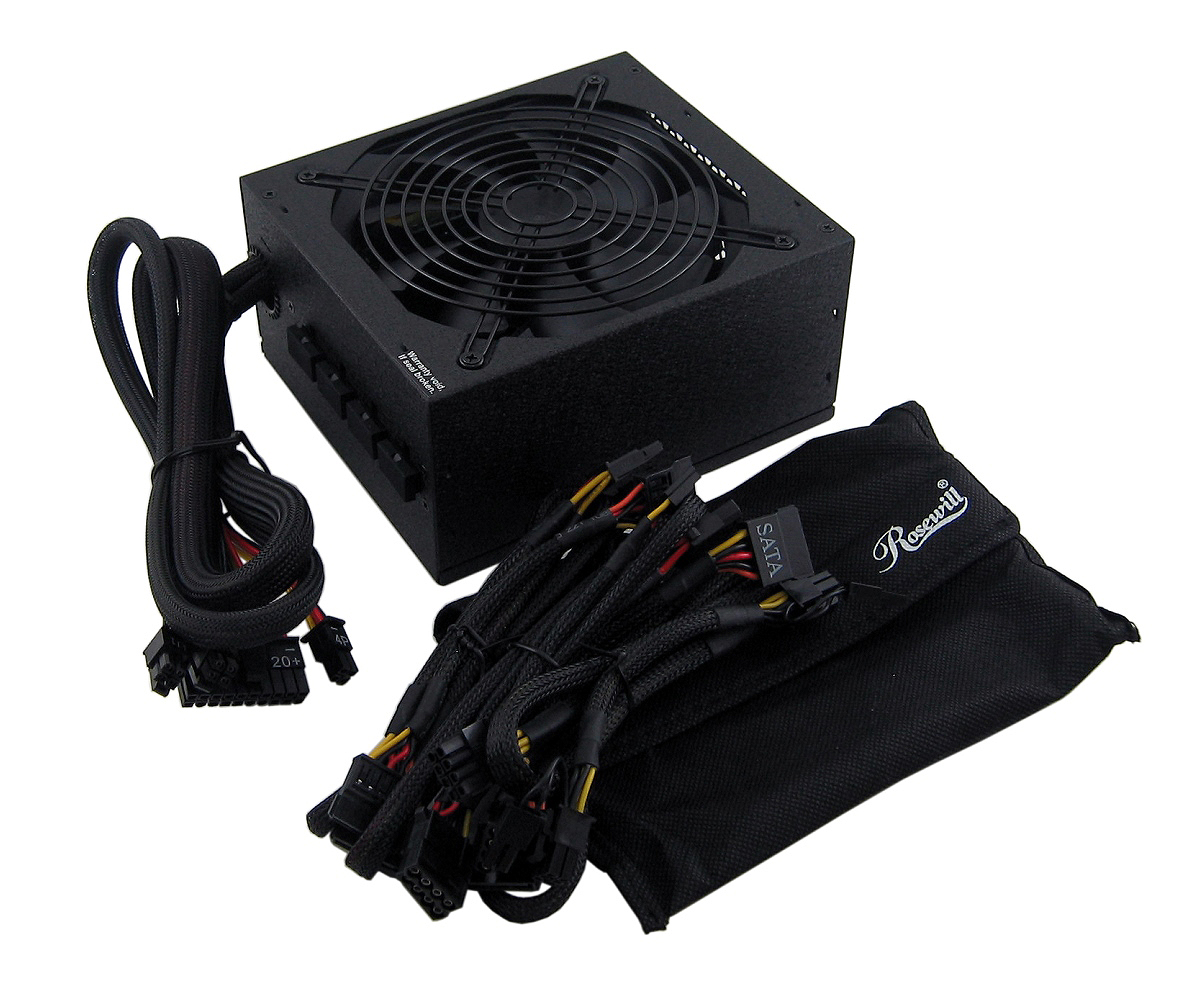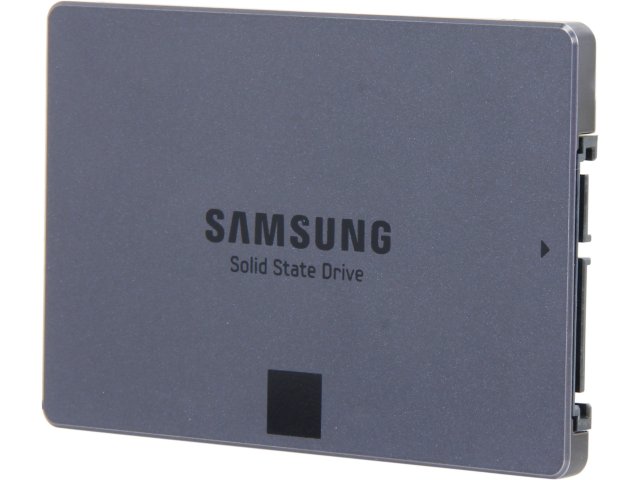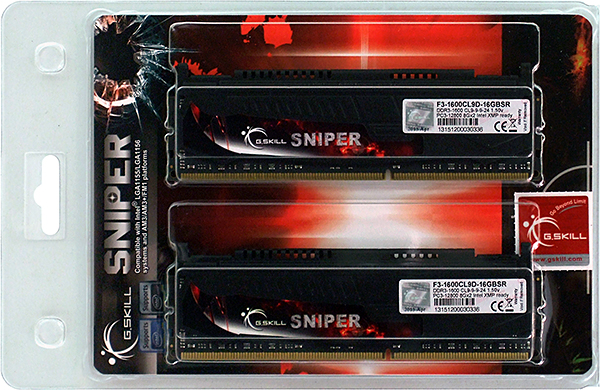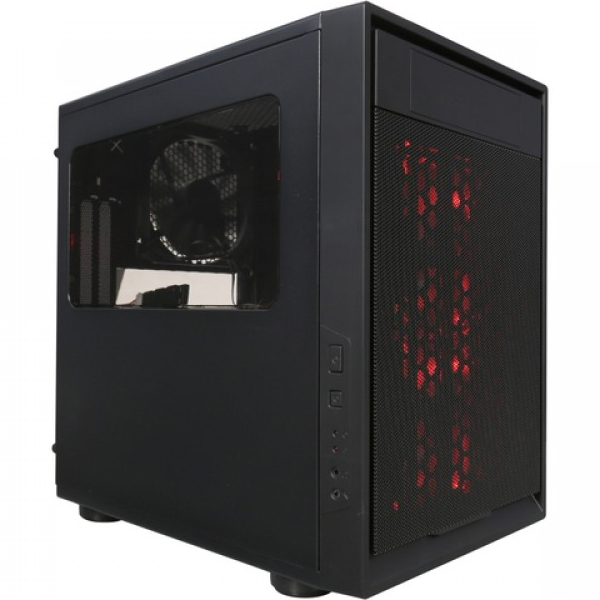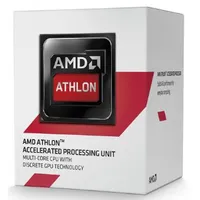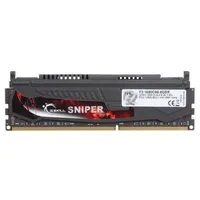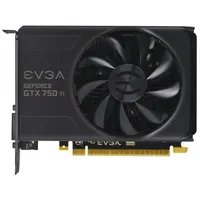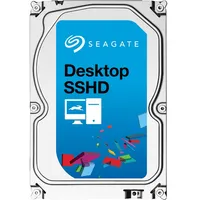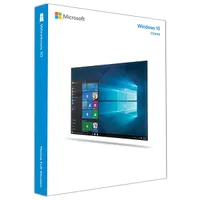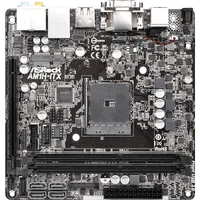O/C Tech: Making AMD's Socket AM1 Viable
Finalizing The Configuration
Moving on to the CPU, the Kabini chips look to be fairly weak, so I'll go right for the top, which is the 25W Athon 5350. It has four cores, and runs at 2.05GHz.
Integrated graphics has traditionally come up short for games, even now, although APUs and Intel's latest offerings are stronger now than integrated solutions have ever been. Although gaming is not the focus of this build, being able to enjoy light gaming is certainly a reasonable expectation for it. To enable this while maintaining the focus on low power, I have selected a GTX750Ti from EVGA.
Unlike some in the enthusiast community, I am a stickler for high efficiency in addition to high quality we all want in a power supply. I don't want to break the bank though. As it turns out, I had an 80 Plus Gold 450W modular Rosewill Capstone on my parts shelf, just waiting for a system like this.
Having recently upgraded another system to a larger SSD, I had a 250GB Samsung 840EVO available, and used that.
I picked up a 2TB Seagate Hybrid drive for the storage drive. I suspect this has to have been a spur of the moment Newegg Shellshocker purchase, as most of my data drives are WD Black (I prefer the lengthy warranty). For an experimental build though, why not a SSHD?
I wanted to give this little system every chance to perform well, so I loaded it with 16GB of G.Skill Sniper DDR3-1600 that runs on 1.5V. I've used G.Skill often before and had no trouble with any of it.
The optical drive is one I had lying around. Likely, it is whatever Newegg had on sale for $14 or so when I ordered it. I've always bought optical drives this way since they're not used a lot, and haven't had any failures. Some are louder than others, but not enough to affect my choice.
Get Tom's Hardware's best news and in-depth reviews, straight to your inbox.
The number of drives, full sized PSU, and full height double slot graphics card ruled out the smallest ITX cases, but there was certainly no need for anything huge. Since I might want to use it elsewhere in more substantial builds, and wanted to have a good look at it, I chose a Rosewill Neutron case. Large enough for even monster graphics cards and tower-style CPU coolers, it is still not a huge case. I've been satisfied with Rosewill's case quality in past purchases, and this one has front USB 3.0.
There's not much to say about the build process, as it went smoothly. The AMD cooler uses pushpins much like Intel's, but you have to put the center pin in yourself. There are only two of them, not four. Everything comes out or apart in the Rosewill case. Happily, even with both sides off and the drive cage out, the shell doesn't feel like it will collapse if you look at it sideways. I'm not the most coordinated person in this world, but I shed no blood from blundering into sharp edges. There is plenty of cable management space, so everything fit easily.
The machine booted up just fine; Scrooge (named for its low power use) came to life quickly, and scarfed down Windows 7 and any other software I cared to load on it. Subsequently, it upgraded to Windows 10. So, after weeks of use, including as the primary tool for one of my review articles, how does it perform?
Although I am going to show some comparative data using an H97+Intel G3258, this is in no way going to be a fair fight, and is not meant to be a shootout between platforms that potentially have a similar price. Software versions aren't all the same; the AM1 system is running Windows 10 vs. 8 for the H97. Test versions are updated. Scrooge also has the benefit of a much stronger graphics card. I'd like to generate some useful data points on the viability of AM1, not just how it compares to H97. I will be including a few gaming benchmarks as well, and will discover a few surprises, mostly (but not all) pleasant.
The Test Environment
Here is a summary of the build:
| CPU Cooler | Boxed Cooler |
|---|---|
| Sound | Integrated HD Audio |
| Network | Integrated Gigabit Networking |
| Power | Rosewill Capstone 450M |
| Graphics | Nvidia 359.06 |
Current page: Finalizing The Configuration
Prev Page Introduction Next Page Test Results And Analysis-
SirNathan I like your article, but wanted to point out that there's a similarly-priced Intel board available with a Celeron included and 4 SATA ports http://www.newegg.com/Product/Product.aspx?Item=N82E16813135350Reply
or this slightly more expensive model http://www.newegg.com/Product/Product.aspx?Item=N82E16813157494 -
quilciri I really want to like the AM1 platform as well, but as far as meeting usage needs, I find that it is surprisingly squeezed between the intel platforms you mentioned and the vastly cheaper/lower wattage raspberry pi 2 (and now 3) systems....or even the Pine 64.Reply
If you're just web browsing, emailing, etc, the pi is adequate. If you need more performance than that, it's likely you need a lot more performance and the AM1 sits in a middle ground there isn't much demand for. It does make a good minimal HTPC for 4K video if you want to run windows on your HTPC, but that's all I can think of. (the just released Pine 64 board supports 4K video playback for much cheaper, but only runs android).
-
salgado18 That was a great read, thanks. I've always wondered what as AM1 all about.Reply
Could you test the system with one more game, maybe a modern one? These games are a bit niche, and it's hard to compare the system to others. Maybe an Unreal Engine game, like Tomb Raider (the first reboot, not the latest game)? -
Onus I would not have thought to use such an old game in my tests, but after writing this up, I also tried Diablo II (that's 2, not 3) on Scrooge, and frame rates were 11-18; essentially unplayable, which is a darn shame. I had hoped to use Scrooge as my "lab assistant," recording data, researching and capturing product screen shots, etc, then playing casual games while waiting for tests to complete.Reply
Regrettably, my gaming time is so limited these days that I have not bought any new games for quite a while.
-
salgado18 Reply17669579 said:I would not have thought to use such an old game in my tests, but I also tried Diablo II (that's 2, not 3) on Scrooge, and frame rates were 11-18; essentially unplayable, which is a darn shame.
That's very unexpected. Why is the system good at 3D online games, but bad at old 2D games?
Do you have any numbers of the A4-6300 in similar workloads? It is very close in price, and is a dual-core 3.9GHz CPU. -
Xaltar I would love to see how the Athlon 5350 holds up against Intel's Celeron N3150. While the Intel is an SoC and the Athlon is socketed I don't see AMD releasing new AM1 CPUs for this platform which essentially means that if you already have the Athlon 5350 (the most powerful AM1 option) it may as well be soldered onto the motherboard as there is no further upgrade path. I suspect the N3150 may actually beat the 5350 across the board, including graphics and TDP.Reply -
Sam Bittermann ReplyI would not have thought to use such an old game in my tests, but after writing this up, I also tried Diablo II (that's 2, not 3) on Scrooge, and frame rates were 11-18; essentially unplayable, which is a darn shame. I had hoped to use Scrooge as my "lab assistant," recording data, researching and capturing product screen shots, etc, then playing casual games while waiting for tests to complete.
Regrettably, my gaming time is so limited these days that I have not bought any new games for quite a while.
Yikes, I would have hoped it would have been able to play at least Diablo 3 on medium settings with a 750 Ti but that cpu just can't feed it fast enough. Great article and thanks for over clocking numbers! -
Onus I believe HardwareSecrets did at least one comparison article (may have been two) with low-TDP Intel SOCs against AM1 systems. For most tasks, the Intel builds were stronger, but for graphics, AMD won.Reply
If there is interest, I'll write up a G4400 system from the same perspective.
-
Epsilon_0EVP Regarding the temperatures, the lower temperature is most likely bugged, since that's a well-known issue with AMD temperature sensors. But the upper temperature may actually be correct at idle. I have seen reports of people running an AM1 APU with no heatsink, and they run just fine. Temps of 40C are still perhaps too low, but this is in fact a very cold chip.Reply -
joex444 The bias here is rather disappointing as the author starts with the belief that the system will work for the targeted needs. We see this with "I really want to like this platform" and "Unfortunately, objectivity demands that I grit my teeth and admit that this platform may not be your best choice." One should treat this like an experiment, offering some reason to test the AM1 platform against a G3258 and explaining what purpose the AM1 may offer. Some experiments are performed to compare the two, then an objective conclusion is written devoid of remarks related to the grittiness of one's teeth or the hopes and desires one had going into the experiment. Then we have the memory test where dual channel vs single channel is compared. Obviously no OC is going to overcome that as you need to double the RAM speed in order to even hit parity.Reply
I'm also confused why they believe a DC adapter instead of PSU would yield lower power usage when a PSU is nothing but an AC -> DC converter. Perhaps the system throttles certain components? It was mentioned two SATA drives may be used. Quite frankly, for a system like this I can't imagine why one would have 3 or 4 drives, even if one is a blu-ray drive for an HTPC. With the USB 3.0 ports, external drives should not be slow, you just need decent external drives.
The gaming is clearly not for this system, but I don't understand the point in comparing a G3258 + GT730 to an AM1 + GTX750Ti. The author claims the latter doesn't bottleneck the GPU, but in order to prove this they should provide numbers for the G3258 + GTX750Ti. Any difference is a sign that the AM1 cannot keep up with the GPU, though it could also be the case that the G3258 bottlenecks it as well.
Also interesting is how on the OC the AM1 platform loses points in the PCMark8 Home test. For what appears to be a 12% OC, that's not expected.
